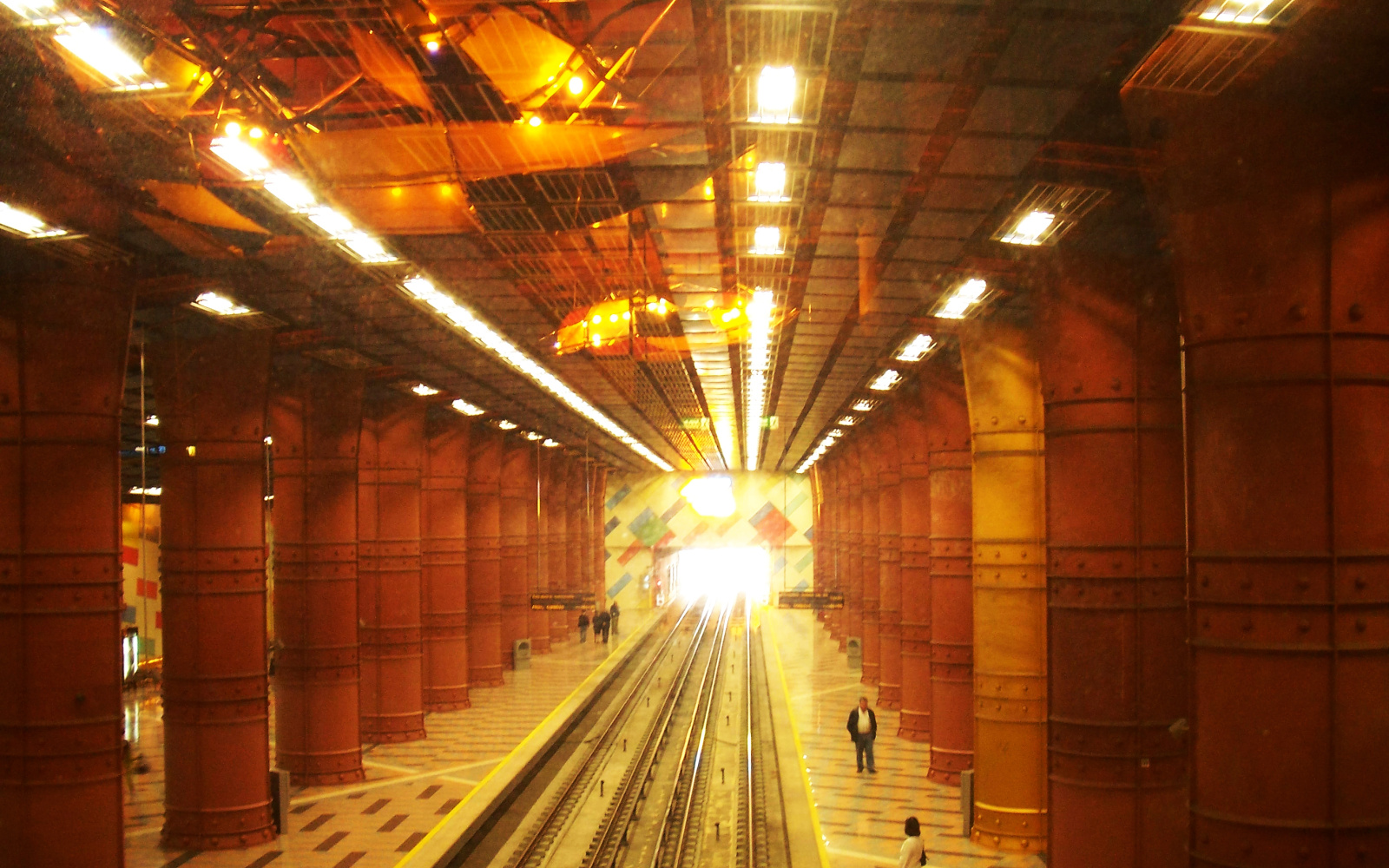Evgenia Giannouri
Welcome to Anatopia | The (Ana)chronistic (Topo)graphy of Marie Voignier’s »Hinterland« (2009).
The paper seeks to examine a specific kind of topographic content in film, the cinematic "Anatopia". "Ana-topia" is a neologism, a term coined by the Greek preposition "ana" and "topos". It designates a place caught in a transient state between expectancy and reminiscence; a place neither fully accomplished nor yet completely fallen into decay. Out of chronological joint, "Anatopia" is an intrinsically anachronistic lieu, one that seems anchored as much in the time-frame it is embedded in as in its past manifestations.
"Anatopia" exceeds geography. It refers to a theoretical fiction that emanates and prolongs the concept of "heterotopia" argued by Michel Foucault in his 1967 lecture later to become his essay »Of Other Spaces«. Whereas, according to Foucault, heterotopia describes actual places of otherness, counter-sites or reversed spaces (e.g. the reflection in the mirror), "anatopia" claims a different kind of otherness corresponding less to our understanding of space over time, and more to our understanding of space in time. The concept allows us to describe actual geographical locations capable of demonstrating an element of temporal ubiquity. Eventually, it provides us with a potentially exploitable theoretical paradigm, one needed in order to depict and describe the inherent anachronism that defines places undergoing mutation. It particularly relates to urban or suburban areas undergoing redevelopment, to military or industrial sites that are being converted, to architecture once thought of as visionary but that is now obsolete, and to geographical regions that are under the influence of geopolitical conflicts and economic crises. All these paradigms develop a typology of spaces in which a varied time, a temporal coefficient, can be seen to operate. At once tributaries of the past and symptoms of present conjunctures, the places in question are informed by a temporal "in-between", one that is also historical, and which defines their spatiality.
More specifically, the paper focuses on the film by contemporary French artiste Marie Voignier, »Hinterland« (2009). 70 kilometers outside of Berlin, built on an old air base, sits an immense metal dome resembling a spaceship that today hosts a striking tropical park. Through the discovery of "Tropical Islands" and the multiple historical layers in which it is implanted, the film proposes a singular perspective on place and history, a poetic archaeology of our relationship with time, space, and illusion. Halfway between contemporary art, film essay and standard documentary practice, the film depicts a spatiotemporal aporia, one which could be described as essentially "anatopic".
Evgenia Giannouri is Lecturer (Maître de conférence) at the Department of Film and Audiovisual Studies at the University of Paris 3 – Sorbonne Nouvelle. After studying art history in Athens and Paris, Evgenia obtained a Ph.D in film theory and esthetics at the University Paris 3 – Sorbonne Nouvelle. Whereas her earlier research sought to understand mutations and displacements between the still and the moving image, her current work ismore broadly concerned with the relationship between film and other art forms, with a focus on the documentary turn in contemporary visual art practices. Her publications include bookchapters and articles on artists and directors such as Victor Burgin, S.M. Eisenstein, Robert Smithson, Gus van Sant, Zachary Formwalt, Béla Tarr, Clemens Von Wedemeyer. In 2007, she cofounded the collective »Le Silo«, developing critical and programming work.
